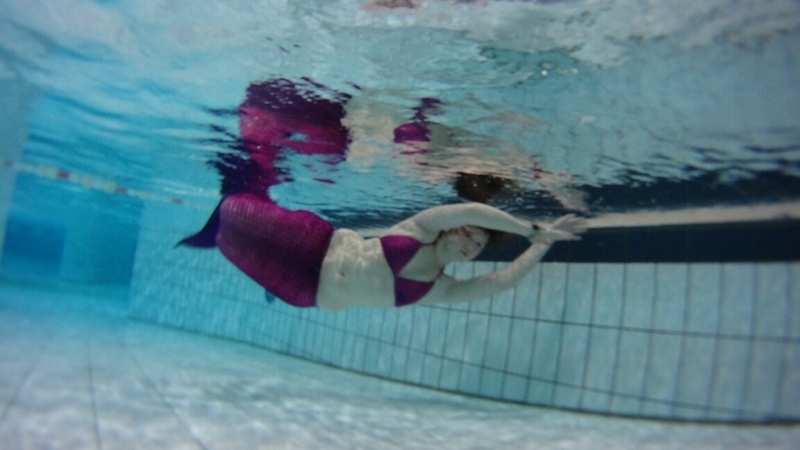
“Mermaiding? What’s that?”
This is the answer Julia gets when she tells someone mermaiding is her hobby. “Mermaiding” is the practice of swimming with a mermaid tail costume; as I didn’t know anything about the sport, I decided to find out what it was all about.
A really new idea?
The idea of mermaiding actually dates back over 100 years ago: in 1911 the Australian professional swimmer and actress Anette Kellerman was the first actress to wear a swimmable mermaid costume in her first movie, called The Mermaid. Later, she acted many times as a real-life mermaid, designing her own costumes and sometimes tailoring them by herself. Since then, mermaiding has become popular in the US and all over the world. The must-see attraction for all mermaid fans is the Weeky Wachee Springs, Florida, which hosts mermaid shows in natural springs. The audience stays behind big, underwater windows to see the stunning show in the crystalline water on the floor of the sea. In 1984, with the movie Splash which tells the story of a man who falls in love with a woman who is secretly a mermaid, the sport earned its place in pop culture.
A sport´s discipline?
Nowadays, mermaiding is not only practised in swimming pools, but also in the open sea. Often it’s not only considered a sport but also as an environmental activity which helps to protect sea animals. In order to find out what mermaiding is really about, I interviewed Julia, who does this sport regularly and who set up her own website recently.
You do mermaiding as a sport. Can you explain how it works?
Mermaiding is basically swimming with flippers. You swim with a „monoflipper“ on your feet and a kind of tube made of cloth or wetsuit material to cover your legs up to your belly, just like a mermaid. It´s quite similar to dolphin swimming. You have to learn the technique…but that´s not too difficult.
Where did you get the idea from? And how long have you been doing it?
It’s always been my dream to swim like Ariel. I discovered the website “Magictail,” where you can buy the mermaid tails. Last year for Christmas I bought one in my favourite colour and since then I’ve been practicing in a pool in Brandenburg. Of course, you should ask for permission to swim with the costume 🙂
If someone were to say to you „But that´s for kids; it´s not a real sport“, how would you respond?
I’d say that it’s an official sport! In many cities, there are even mermaid swimming schools.
What are the things you like most about mermaiding?
I like realizing my dream and the freedom you feel while doing it. And you get a lot of attention: because it’s not common, kids in the pool often shout, “Mum, look, there’s a mermaid!”
How does the training work? Is it really exhausting?
I do it by myself, because it’s difficult to find people who want to join. You have to focus on the technique (like a wave movement), and fitness: Freediving, holding your breath… is more difficult than it sounds! In order to move, you need a lot of energy!
Would you say that it’s a girls’ sport, or do men also participate?
Haha, good question! I would say men can also do it. I was swimming with my boyfriend half a year ago, me as a mermaid and he was just swimming “normally.” Then one day he wanted to try it himself, and one week later he bought his own mermaid tail.
I’ve heard that it’s really popular in the US, and also that the salary for professional mermaids is high. Is it similar in Germany?
Yes, there are more swimming schools and also professional models that do mermaiding. For example, Mermaidkat is quite a famous mermaid model. She also sells her own costumes. In Germany, it hasn’t become quite so popular yet; I don’t even know if there are any models.
What qualifications do you need to do mermaiding? And what kind of equipment do you need?
Well, first: You have to know how to swim and dive, as you spend more time underwater than swimming. Secondly, you need suitable equipment. The best things to have are a „monoflipper“ and the leg tube, which you can buy at different online shops or make yourself; there are a lot of tutorials about it on YouTube.
What’s the most difficult thing about the sport?
Being able to hold your breath for a long time. Also moving with the tail is really exhausting.
But it´s a lot of fun!
Author: Franziska Wühr
Picture: private
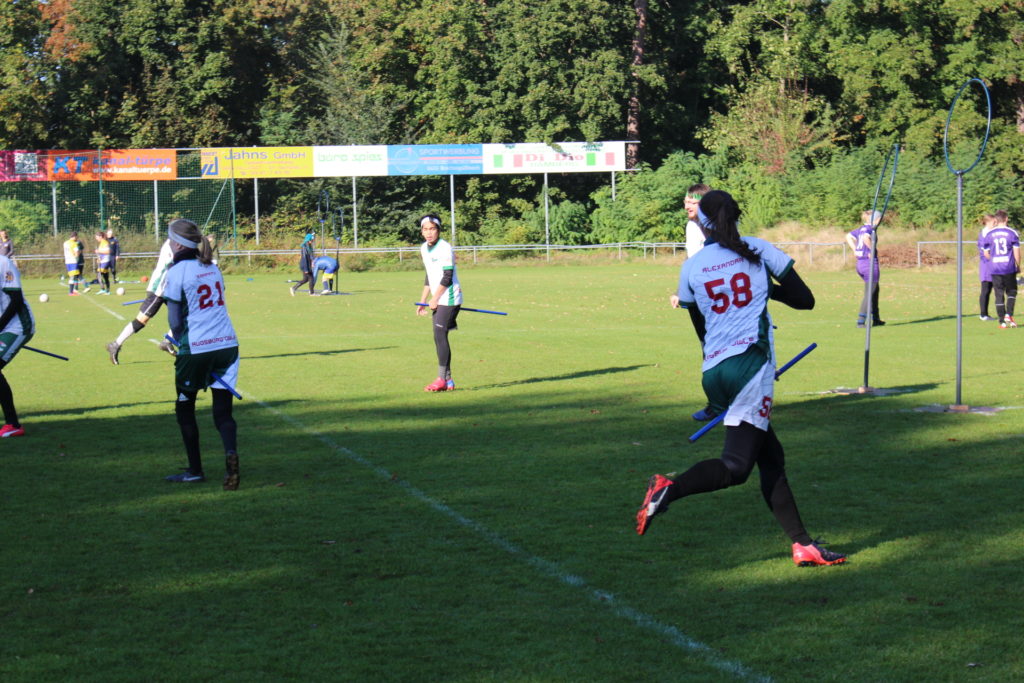

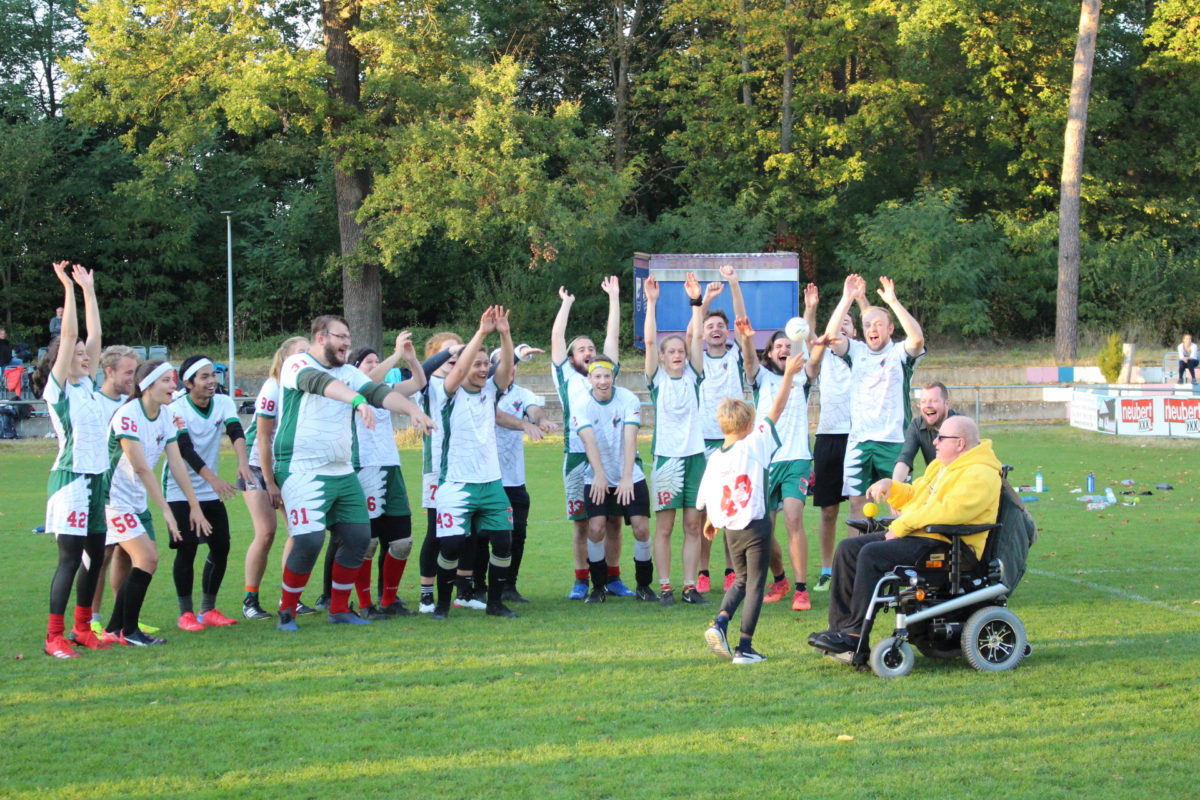


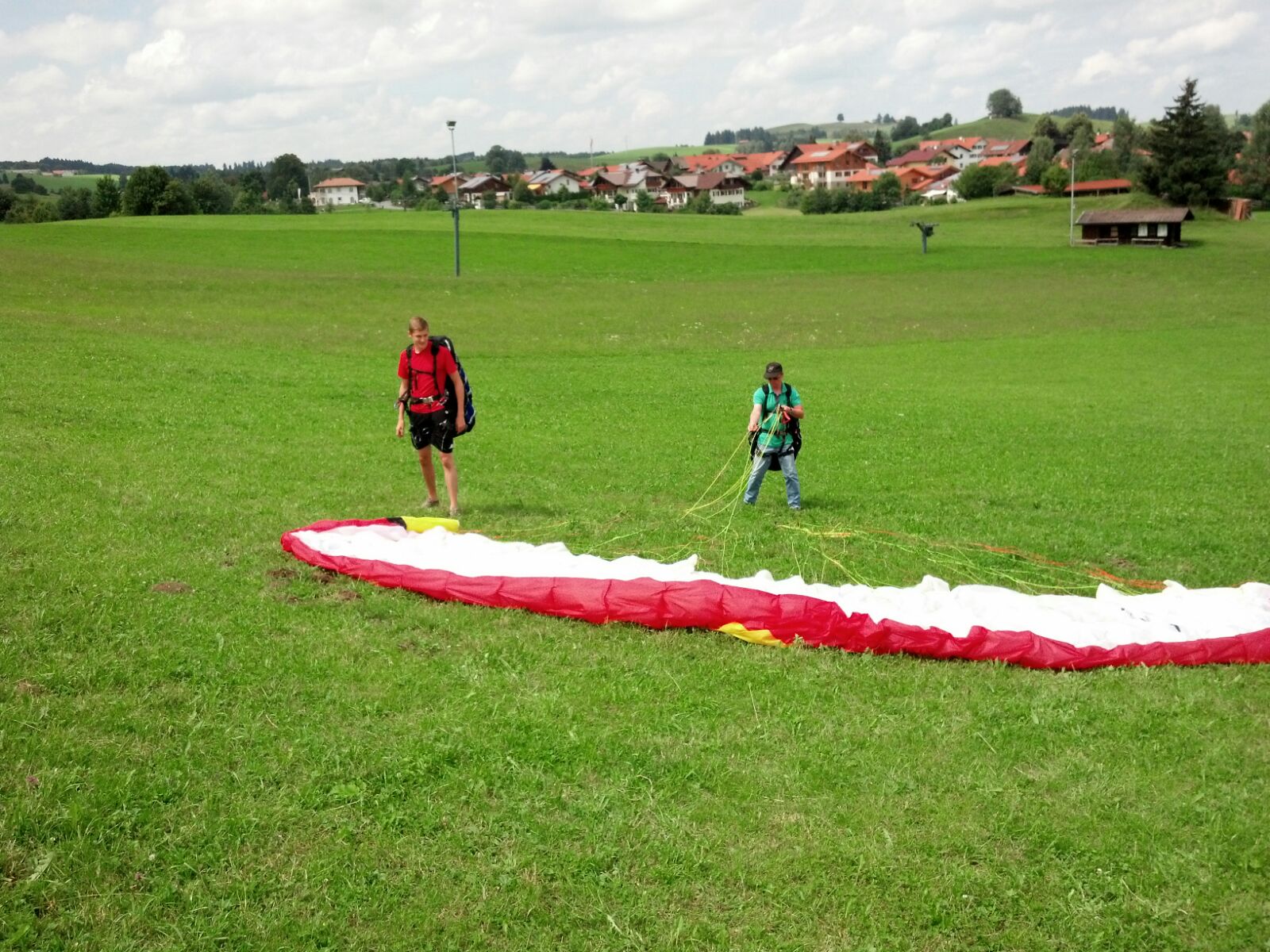
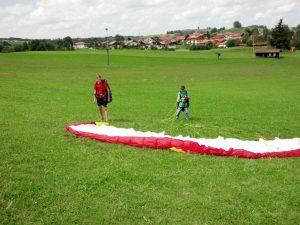

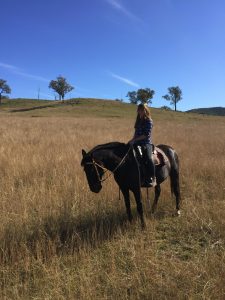 During my backpacking time in Australia, I decided to do some real Aussie stuff and get an insight into the jackaroo/jillaroo lifestyle. A jackaroo/jillaroo is somebody who lives and works on a sheep or cattle station – and well, there are about 70 million sheep in Australia, but only about 23.6 million people! Online, I found this horse breeding and sheep station farm near Bingara, in the northeast of New South Wales, called “Garrawilla”. After I had contacted John and his girlfriend and helping hand Natusha, I booked my train and bus tickets, packed all my stuff, and was definitely ready to go on an adventure!
During my backpacking time in Australia, I decided to do some real Aussie stuff and get an insight into the jackaroo/jillaroo lifestyle. A jackaroo/jillaroo is somebody who lives and works on a sheep or cattle station – and well, there are about 70 million sheep in Australia, but only about 23.6 million people! Online, I found this horse breeding and sheep station farm near Bingara, in the northeast of New South Wales, called “Garrawilla”. After I had contacted John and his girlfriend and helping hand Natusha, I booked my train and bus tickets, packed all my stuff, and was definitely ready to go on an adventure! By telling me all his stories about his family and friends, his various jobs on the farm and all the bloody Germans he’d met, John taught me many useful, important things about how to treat horses properly. He always illustrated his wisdom with real-life examples: often myself. I can tell you, getting dirt smeared in the face or being poked in the bottom with a pencil is not the nicest way to start your day! For the next few weeks, we would make young horses used to wearing a halter, teach them to lead and give and also get them to have a saddle on for the first time. Breaking in horses was one of the main tasks on the farm. Apart from that, we did some fencing (a pretty hard job, really), drove in and sheared sheep, fed all his working dogs and rode the horses, of course!
By telling me all his stories about his family and friends, his various jobs on the farm and all the bloody Germans he’d met, John taught me many useful, important things about how to treat horses properly. He always illustrated his wisdom with real-life examples: often myself. I can tell you, getting dirt smeared in the face or being poked in the bottom with a pencil is not the nicest way to start your day! For the next few weeks, we would make young horses used to wearing a halter, teach them to lead and give and also get them to have a saddle on for the first time. Breaking in horses was one of the main tasks on the farm. Apart from that, we did some fencing (a pretty hard job, really), drove in and sheared sheep, fed all his working dogs and rode the horses, of course!

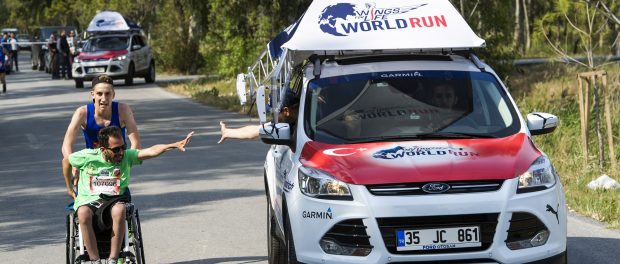
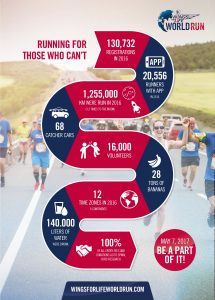 Helping out
Helping out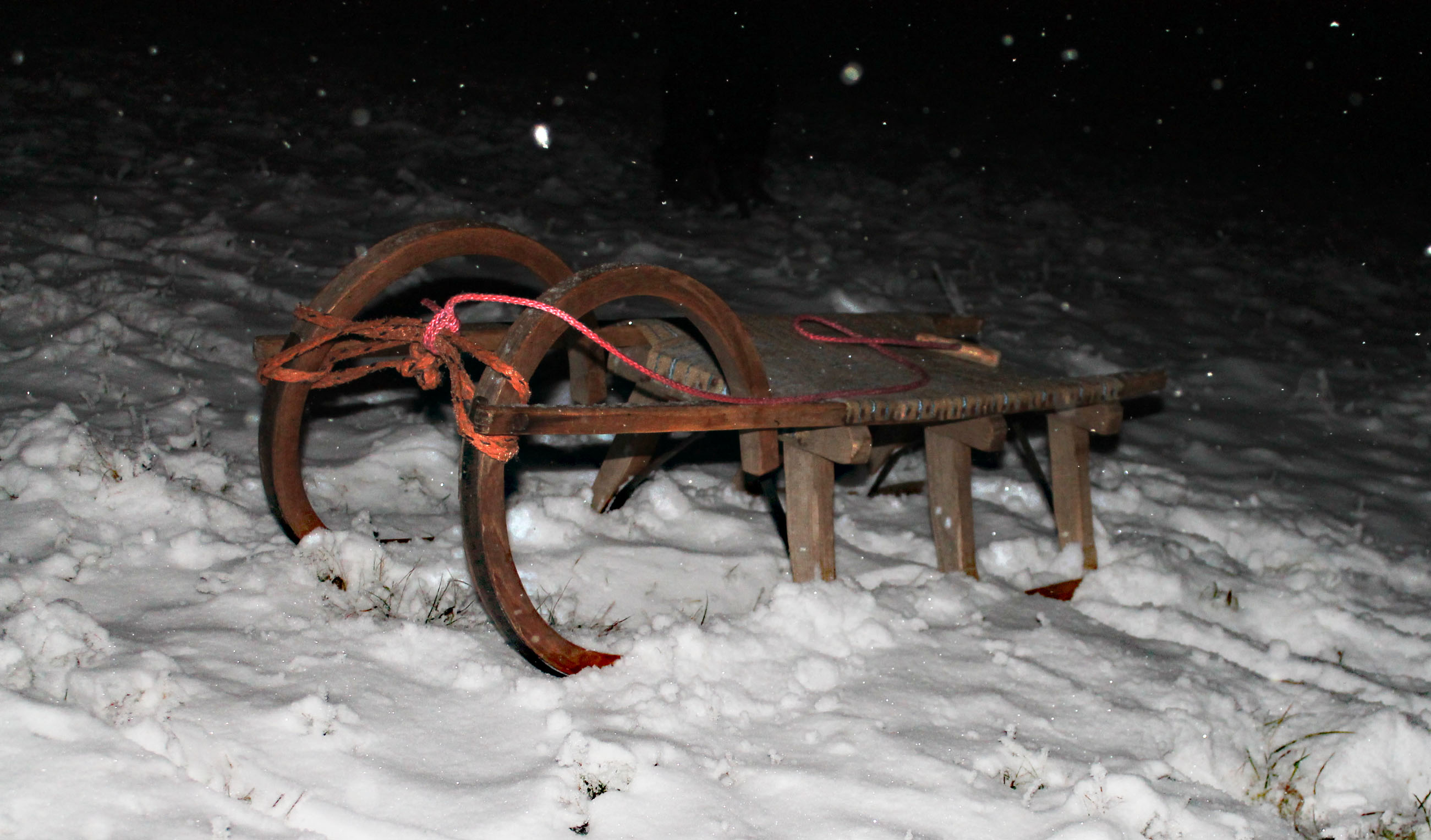
 Little helpers
Little helpers

